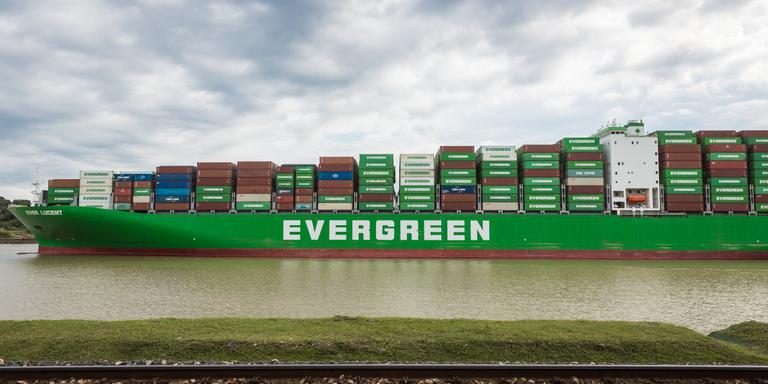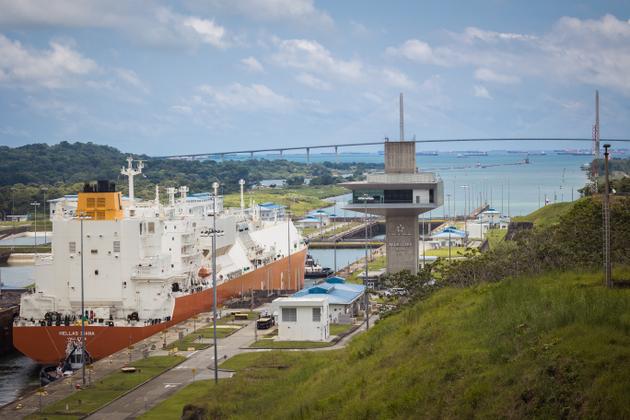


How drought is forcing the Panama Canal's painful slowdown
FeatureUnlike the Suez Canal, the Panama Canal, a waterway that links the Pacific Ocean to the Atlantic, relies on an artificial lake to function. The current lack of freshwater means transit is restricted from 40 to 32 ships per day, an unprecedented slowdown.
Soberania National Park, which runs alongside the Panama Canal, is bursting with vegetation. Slender waterfalls tumble down the rocks. It's hard to believe that the small Central American country is experiencing an unprecedented drought. "Look, the water should be up to the yellow line. It's more than two meters short," said engineer Nelson Guerra, pointing to the wall of the Pedro Miguel lock, some 10 kilometers from the canal's entrance in the Pacific Ocean.
It normally rains for eight months of the year, from May to December. This year, however, the rains have been slow in coming and remain sparse. Unlike the Suez Canal, which is level between two seas and therefore cannot dry up, the Panama Canal relies on an artificial lake, Lake Gatun, 26 meters above sea level, which fills up with fresh water. To cope with the water shortage, the authorities have decided to restrict transit from 40 to 32 ships per day and to reduce the authorized vessel draught from 50 to 44 feet (15 to 13 meters). Simply put, fewer ships are crossing the 80-kilometer waterway that links the Pacific Ocean to the Atlantic, and they're crossing with lighter loads.


Announced at the end of July, the measures are expected to last one year. "They are intended to maintain our customers' confidence by enabling them to better plan their operations," said the statement from the Panama Canal Authority (ACP), the autonomous public company that manages the waterway. "[The measures] were taken in anticipation of next year that promises to be very dry," said Ilya Espino, the canal's deputy administrator. "If the rains of September, October and November are sufficient to fill the canal, they will obviously be suspended."
The ACP claims to be reassuring, but shipping companies and their customers, economists and governments are questioning the economic impact of these shipping restrictions. They threaten Christmas displays and inflation rates around the world. "We're in the high season," said Victor Vial, ACP's Vice-President of Finance. "Now is the time for cargoes to pass through in anticipation of the festive season."
Dozens of ships parked in the ocean
In 2022, some 518 million tons of goods transited through this interoceanic route, representing over 5% of global maritime trade. The canal boasts "180 maritime routes connecting 1,920 ports in 170 countries." More than 14,000 ships pass through it every year. The two major trade routes that depend on it are those from Asia to the east coast of the US, and from the west coast of Latin America to the east coast of the US. In terms of cargo flows, its main users are unsurprisingly the United States and China.
You have 82.57% of this article left to read. The rest is for subscribers only.
